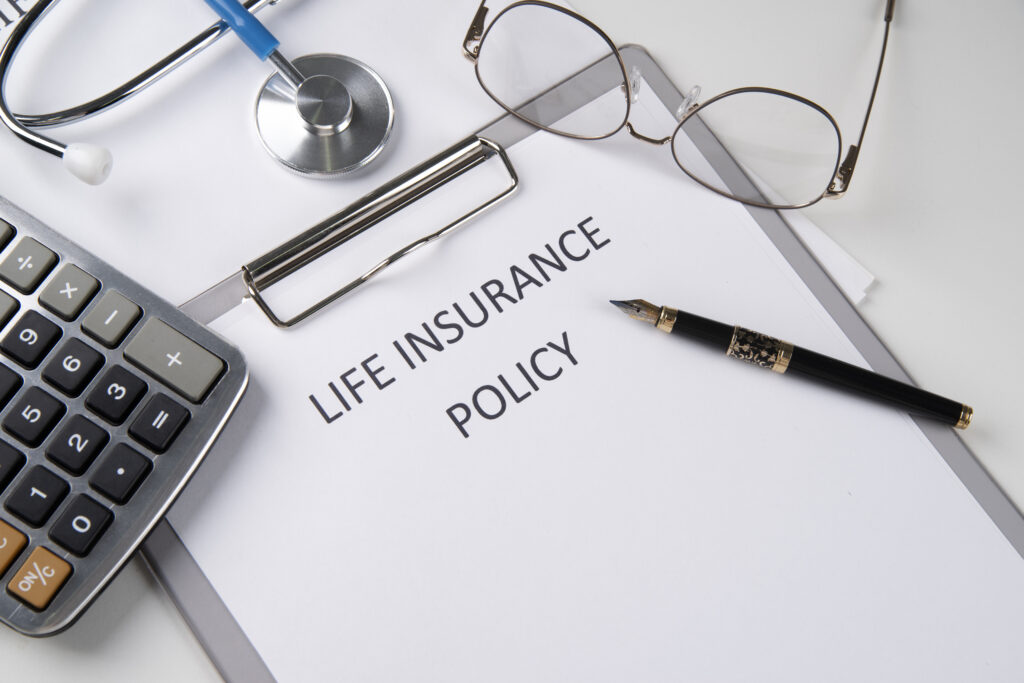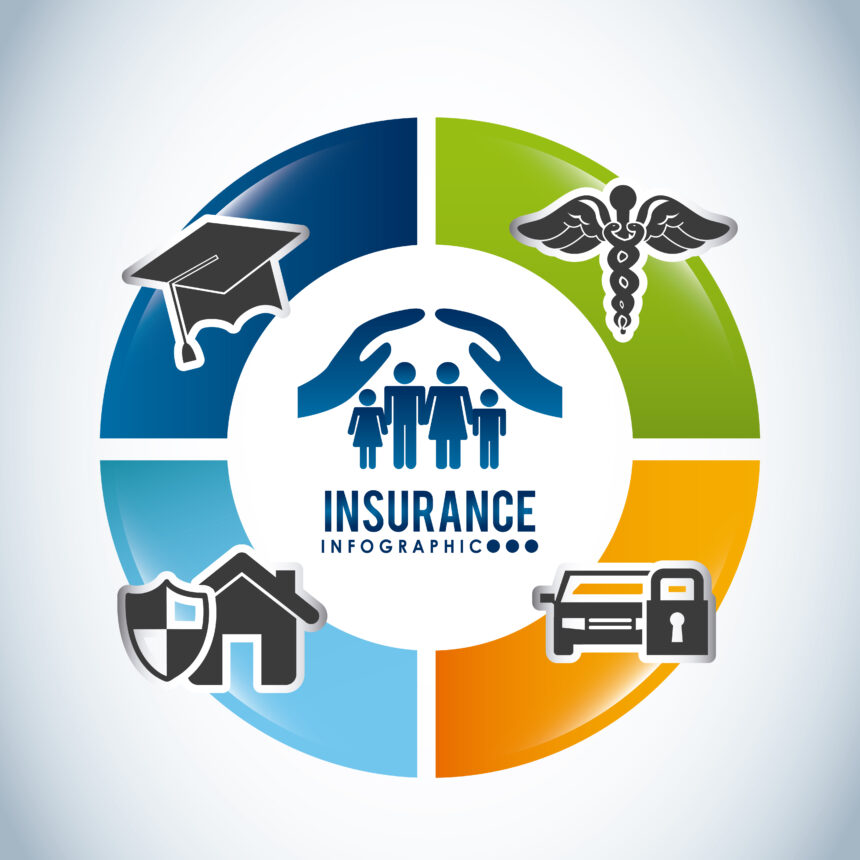Table of Contents
- Introduction to Car Insurance
- Why Car Insurance is Essential
- Types of Car Insurance Coverage
- Understanding Policy Terms and Conditions
- Factors That Affect Your Car Insurance Premiums
- How to Choose the Right Car Insurance Policy
- Common Car Insurance Discounts
- Filing a Car Insurance Claim: Step-by-Step Guide
- What to Do If Your Claim is Denied
- Car Insurance Scams and How to Avoid Them
- State-Specific Car Insurance Requirements
- How Your Driving Record Affects Your Insurance
- The Role of Deductibles in Car Insurance
- Gap Insurance: Do You Need It?
- How Credit Score Impacts Car Insurance Rates
- Usage-Based Insurance: Pros and Cons
- Insuring a Leased or Financed Car
- Adding a Teen Driver to Your Policy
- Senior Drivers and Car Insurance Considerations
- Electric and Hybrid Car Insurance Considerations
- Rideshare Insurance: What Uber and Lyft Drivers Need
- Military and Veteran Car Insurance Benefits
- How to Switch Car Insurance Providers
- When to Review and Update Your Policy
- Final Tips Before Buying Car Insurance
1. Introduction to Car Insurance
Car insurance is a legal agreement between you and an insurance provider that offers financial protection in case of accidents, theft, or damage to your vehicle. It ensures that you won’t have to bear the full financial burden of unexpected events.
While car insurance is mandatory in most states, the level of coverage varies. Understanding the basics helps you make informed decisions, avoid unnecessary expenses, and ensure adequate protection.
2. Why Car Insurance is Essential
Legal Requirement
Nearly every state requires drivers to carry at least liability insurance. Driving without insurance can lead to fines, license suspension, or even legal trouble.
Financial Protection
Repairing a car after an accident can cost thousands. Insurance covers these expenses, preventing financial strain.
Peace of Mind
Knowing you’re protected in case of an accident reduces stress and allows you to drive with confidence.
Protection Against Uninsured Drivers
If an uninsured driver hits you, certain policies (like uninsured motorist coverage) can cover your damages.
3. Types of Car Insurance Coverage
Liability Insurance
Covers damages you cause to others in an accident. Includes:
- Bodily Injury Liability (medical expenses for others)
- Property Damage Liability (repairs for others’ property)
Collision Coverage
Pays for damage to your car from a collision, regardless of fault.
Comprehensive Coverage
Covers non-collision incidents like theft, vandalism, or natural disasters.
Personal Injury Protection (PIP)
Covers medical expenses for you and passengers, regardless of fault.
Uninsured/Underinsured Motorist Coverage
Protects you if the at-fault driver has no insurance or insufficient coverage.
Medical Payments Coverage (MedPay)
Similar to PIP but more limited in scope.
Gap Insurance
Covers the difference between your car’s value and what you owe on a loan/lease.

4. Understanding Policy Terms and Conditions
Before signing, review:
- Premium: The amount you pay monthly/annually.
- Deductible: What you pay out-of-pocket before insurance kicks in.
- Policy Limits: Maximum amount the insurer will pay.
- Exclusions: Situations not covered (e.g., racing, intentional damage).
5. Factors That Affect Your Car Insurance Premiums
- Driving Record (accidents, tickets)
- Age & Gender (young drivers pay more)
- Vehicle Type (luxury/sports cars cost more to insure)
- Location (urban areas have higher premiums)
- Credit Score (lower scores may increase rates)
- Annual Mileage (more driving = higher risk)
6. How to Choose the Right Car Insurance Policy
- Assess Your Needs (minimum coverage vs. full coverage)
- Compare Quotes (get at least 3-5 estimates)
- Check Insurer Reputation (customer service, claim handling)
- Read Reviews (look for red flags)
- Ask About Discounts (bundling, safe driver, etc.)
7. Common Car Insurance Discounts
- Multi-Policy Discount (bundling home & auto)
- Safe Driver Discount (no accidents/tickets)
- Good Student Discount (for teens with good grades)
- Low Mileage Discount (driving fewer miles)
- Anti-Theft Device Discount (alarms, GPS trackers)
8. Filing a Car Insurance Claim: Step-by-Step Guide
- Report the Accident (call police if necessary)
- Document the Scene (photos, witness info)
- Contact Your Insurer (file a claim ASAP)
- Get an Estimate (from approved repair shops)
- Follow Up (track claim status)
9. What to Do If Your Claim is Denied
- Request a Written Explanation
- Provide Additional Evidence
- Appeal the Decision
- Contact Your State’s Insurance Department
10. Car Insurance Scams and How to Avoid Them
- Staged Accidents (sudden braking, fake injuries)
- Inflated Repair Costs (unnecessary repairs)
- Ghost Brokers (fake insurance agents)
Protect Yourself:
- Always get a police report.
- Use reputable repair shops.
- Verify insurance agents’ credentials.
Final Tips Before Buying Car Insurance
✔ Don’t just go for the cheapest option – ensure adequate coverage.
✔ Review your policy annually – update if your situation changes.
✔ Ask questions – clarify any doubts before signing.
✔ Maintain a good driving record – it keeps premiums low.
This comprehensive guide provides valuable insights into car insurance, helping you make an informed decision. Whether you’re a first-time buyer or looking to switch policies, understanding these key aspects ensures you get the best protection at a fair price.
Would you like any sections expanded further?
